By Matthew Kearns, DVM
 The weather is changing and I’m getting more itchy patients coming to my office. Owners describe scratching and rashes appearing seemingly out of nowhere and they want relief for their pets. I explain to these owners that their pet most likely suffers from atopic dermatitis.
The weather is changing and I’m getting more itchy patients coming to my office. Owners describe scratching and rashes appearing seemingly out of nowhere and they want relief for their pets. I explain to these owners that their pet most likely suffers from atopic dermatitis.
Now, before I discuss treatment options for atopic dermatitis, we need to clearly define what it is. Atopic dermatitis in pets is defined as “a chronic, itchy, inflammatory skin condition that occurs in genetically predisposed animals.”
What triggers this chronic condition? Pollens, mold spores, dander, dust mites, etc. Basically, atopic dermatitis equals seasonal allergies in pets. There are more choices in treatment these days and I would like to briefly go through the options.
Omega-3 Fatty Acids: Omega-3 fatty acids are actually classified as supplements. However, they can be effective in controlling less severe cases of atopic dermatitis, or in conjunction with actual medications. The source of the highest levels are cold water fish so fish oil capsules or fish-based diets are recommended. There are also topical formulations of fatty acids that are applied directly to the skin. These oils prevent pro-inflammatory chemicals the body produces such as prostaglandins and leukotrienes.
Omega-3 fatty acids are very safe because they are supplements but, in my experience, are rarely effective alone in treating atopic dermatitis. They work better in conjunction with some form of medication.
Antihistamines: Histamine is a chemical produced by the body which, in small amounts, has a beneficial effect on the body. Histamine plays a role in normal cell metabolism. However, atopic patients produce larger amounts of histamine and larger concentrations of histamine in the body causes inflammation and terrible itching. Antihistamines block the histamine receptors on cells. These medications are very safe, readily available over the counter, and inexpensive. Unfortunately, they are in my opinion, very variable in their effectiveness and the least effective compared to the other choices.
Corticosteroids (cortisone derivatives): Corticosteroids include medications like dexamethasone, betamethasone, prednisone, isoflupredone, etc. These corticosteroids of different names vary in strength and half-life, or how long it takes to clear the system. These are very powerful medications and this means two things: 1) they are the most consistently effective medications in controlling the itch of allergies, and 2) they have a lot of side effects.
The most common benign side effect is drinking and urinating more. Increased appetite and panting are also common. However, when corticosteroids are used short term for what are considered “flare ups,” the medication is generally considered quite safe. However, when used long term even at low doses, the detriment of adverse effects outweighs the benefit of the medications. These adverse effects include diabetes, pancreatitis, a suppressed immune system, stomach and intestinal ulcers, organ dysfunction, etc (this is not a complete list).
Corticosteroids do have their place in treating what are called “flares” or acute, severe dermatitis short term in conjunction with a safer, long term treatment.
In my next article I will discuss some of the newer options used in the treatment of atopic dermatitis. As always, consult with your own veterinarian before choosing any treatments or medications.
Dr. Kearns practices veterinary medicine from his Port Jefferson office and is pictured with his son Matthew and his dog Jasmine.

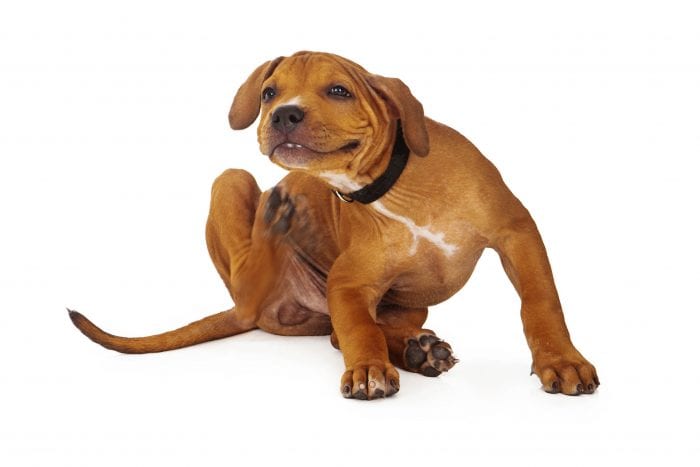

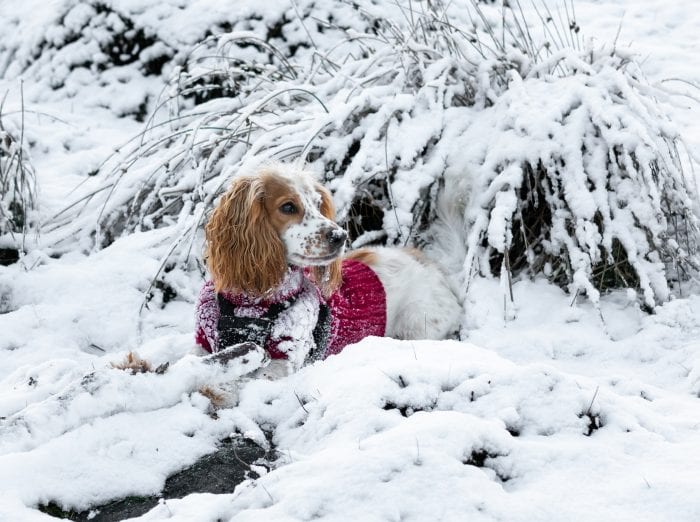
 Arthritis is a condition that will be exacerbated by cold weather just the same as humans. Arthritis is also complicated by weight gain and weight gain is common in pets in cold winters due to inactivity. Consider giving a little less food and be very judicious with treats (COVID has fattened up some pets at our practice with owners working from home). Pets with arthritis are more likely to slip on snow or ice so make sure to clear a path for them when they go out and assist them if necessary. Joint supplements are excellent year-round but, if you have forgotten to continue through the winter we recommend restarting immediately.
Arthritis is a condition that will be exacerbated by cold weather just the same as humans. Arthritis is also complicated by weight gain and weight gain is common in pets in cold winters due to inactivity. Consider giving a little less food and be very judicious with treats (COVID has fattened up some pets at our practice with owners working from home). Pets with arthritis are more likely to slip on snow or ice so make sure to clear a path for them when they go out and assist them if necessary. Joint supplements are excellent year-round but, if you have forgotten to continue through the winter we recommend restarting immediately.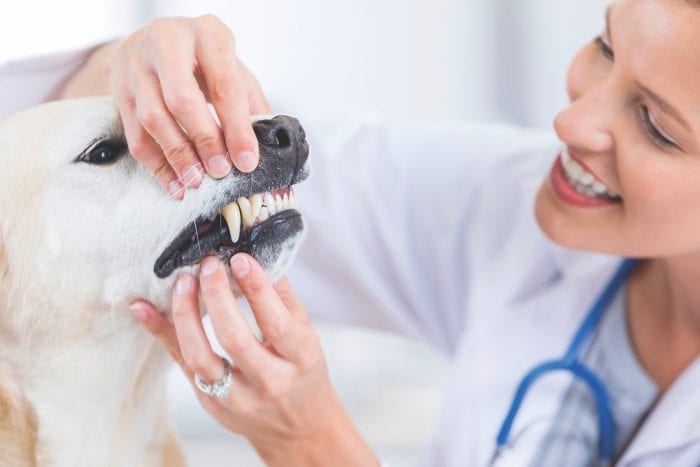
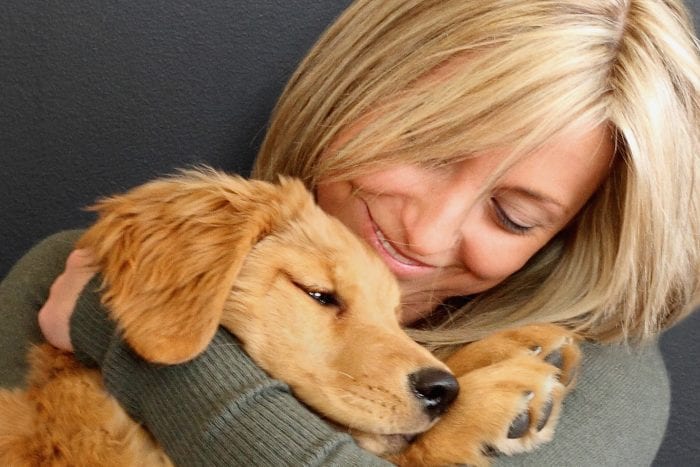

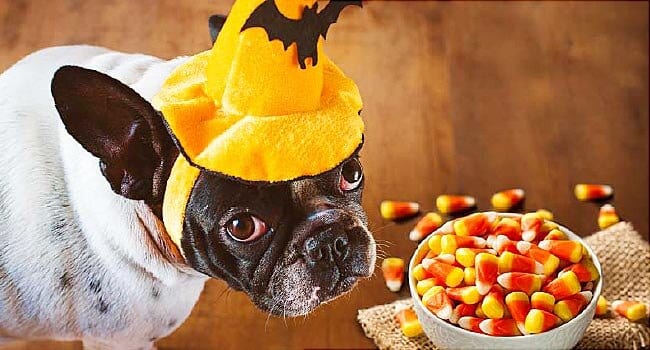




 My last article focused on some general potty-training techniques. This article will focus on crate training.
My last article focused on some general potty-training techniques. This article will focus on crate training.


